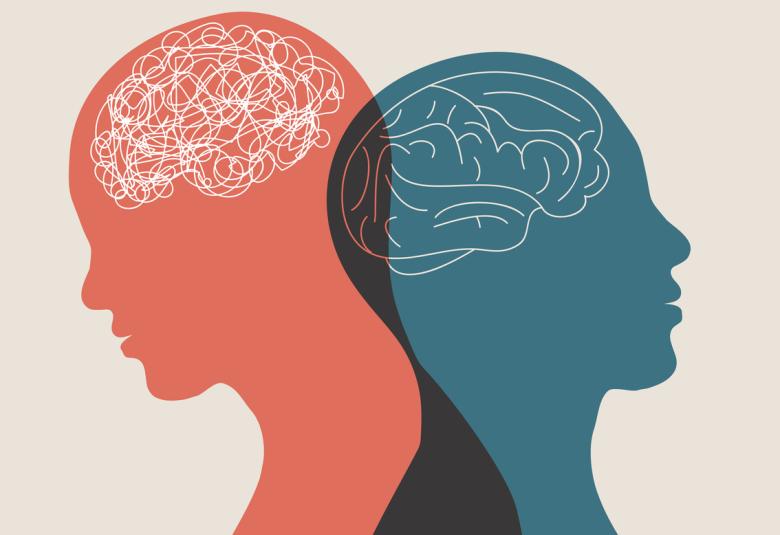Dopamine partial agonists decrease transmission when there is excess of the neurotransmitter, but enhance it when levels are low. In this respect they all sit between the full receptor agonist, dopamine, and the D2 receptor antagonists. But important differences in activity at a range of other receptors distinguish between them.
In the mesolimbic pathway, which is thought to be hyperactive in people with positive symptoms, dopamine partial agonist binding to postsynaptic D2 receptors is associated with improvement in mania and psychosis.1-3 In this setting, the partial agonists act functionally as antagonists by displacing excess dopamine from receptor sites.
In the mesocortical pathway, which is thought to be hypoactive in people with negative and cognitive symptoms, the postsynaptic binding of dopamine partial agonists again brings therapeutic benefit.1,2
But this seems to be because the partial agonists enhance dopamine transmission if the endogenous transmitter is present in abnormally low concentrations, Pierre Blier (University of Ottawa, Canada) told CINP 2021 Virtual.
Modulation holds the key
Partial agonists turn the dial down in a hyper-dopaminergic environment but have the opposite effect when endogenous dopamine is deficient
This modulating effect contrasts with the pharmacological antagonists, which consistently reduce dopamine transmission with receptor occupancy of around 60% and above.
It is also important in tolerability: because of their intrinsic activity, the partial agonists activate dopamine receptors to some extent, reducing the likelihood of adverse side effects.
Similar but different
All the dopamine partial agonists in clinical use bind with high affinity and have intrinsic activity at the D2 receptor, but they have distinct pharmacological profiles at monoamine receptors, Professor Blier said. Key factors to consider are:
- The extent of 5-HT2A antagonism, which reduces extrapyramidal symptoms. Having greater antagonistic activity at 5-HT2A than activity at the D2 receptor decreases motor side effects.
- Agonism at the 5-HT1A receptor may have beneficial therapeutic effects.
- Antagonism at the α2-adrenoceptor may attenuate negative symptoms
- Antagonism at the α1-adrenoceptor may attenuate extrapyramidal symptoms.
The partial agonists’ activity at serotonin and adrenergic receptors is also relevant to their therapeutic effects
Functional connectivity is also important. Output to the forebrain is governed by interactions between monoamine receptors, and blockade of norepinephrine (NE) α2C receptors on NE and serotonin terminals enhances NE and serotonin release, he continued.
Clinical insights
Controlled studies and experience suggest that the dose range to be used in depression should be lower than the dose range needed in mania and psychosis, when more drug is required to significantly displace excess endogenous dopamine.
Indeed, said Professor Blier, there is little or no overlap between the therapeutic dose range of dopamine partial agonists in these different settings.
The practical clinical context was taken up later in the same session by Steven Potkin (University of California Irvine, USA) who emphasized that, in schizophrenia, non-adherence with antipsychotic medication is frequent and associated with poor outcome, while early and sustained treatment is associated with better outcome.5
Our correspondent’s highlights from the symposium are meant as a fair representation of the scientific content presented. The views and opinions expressed on this page do not necessarily reflect those of Lundbeck.




